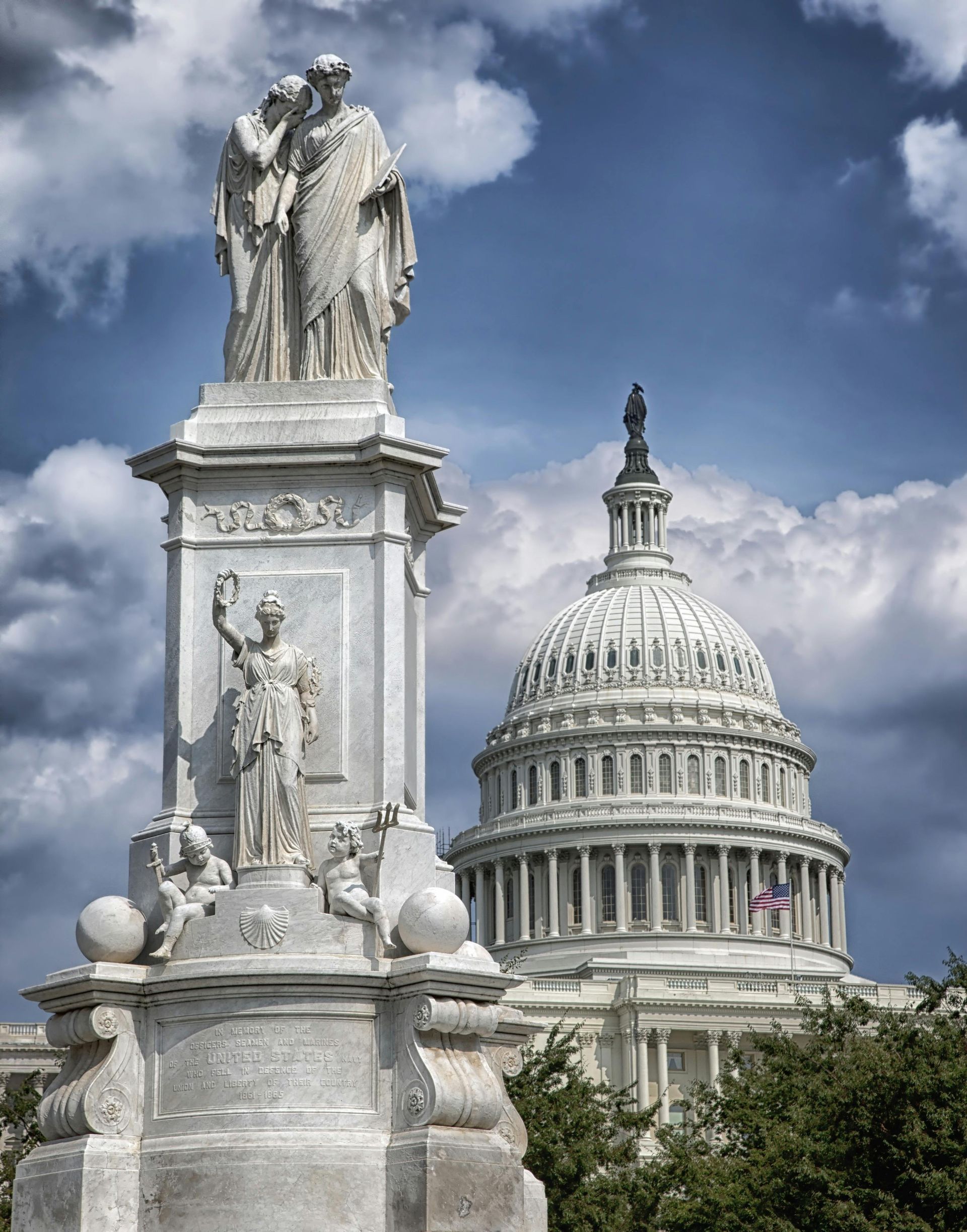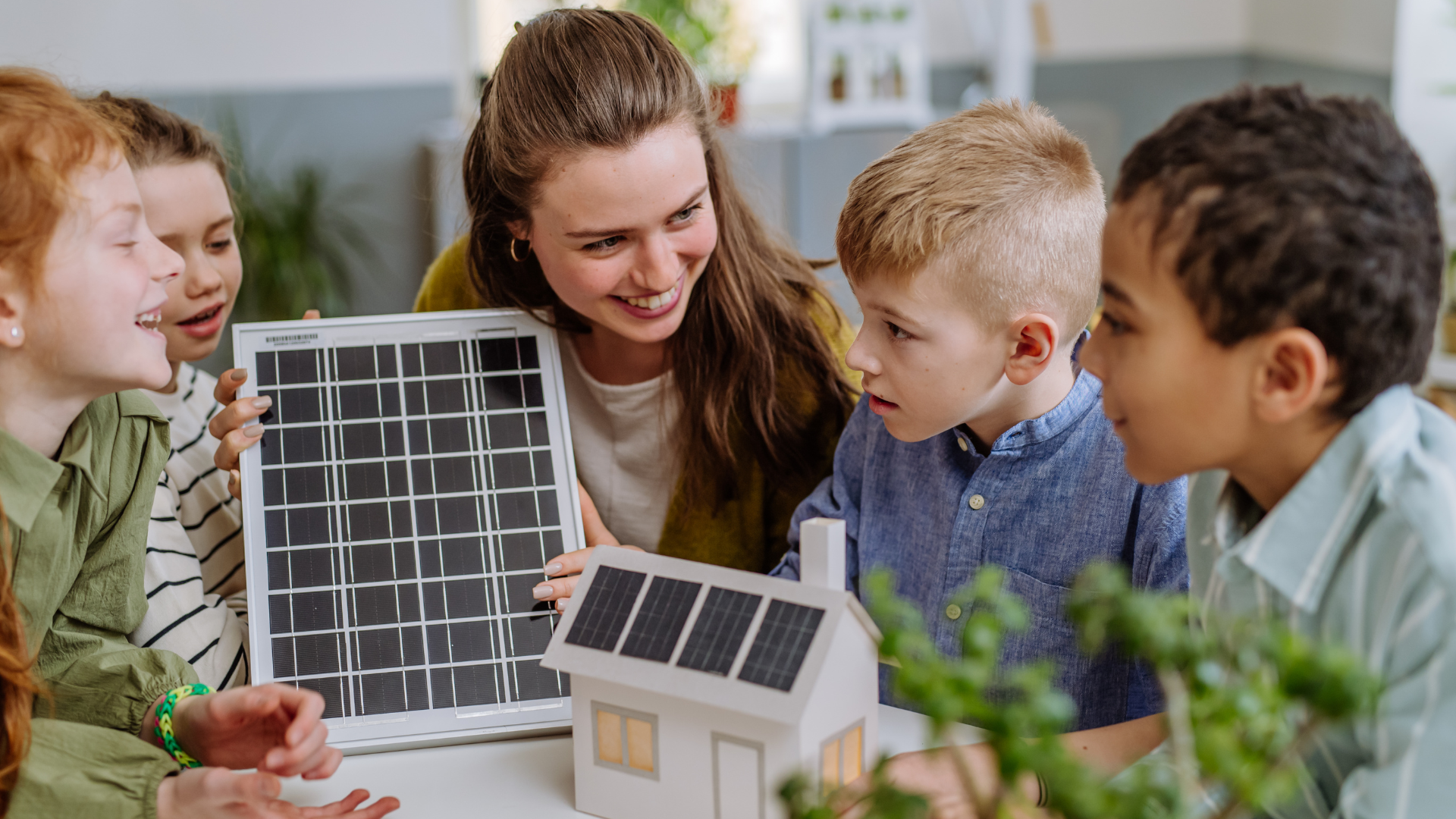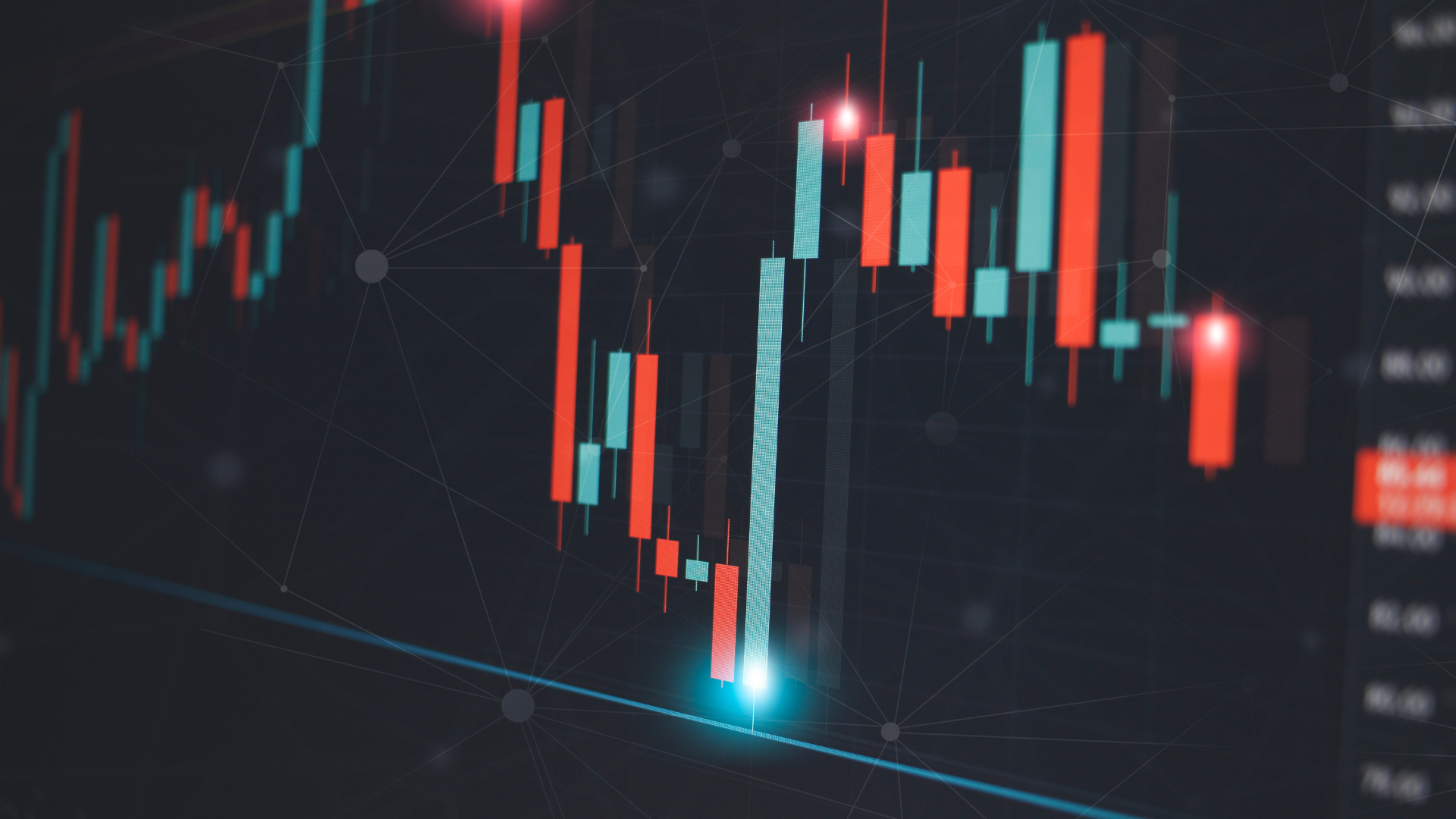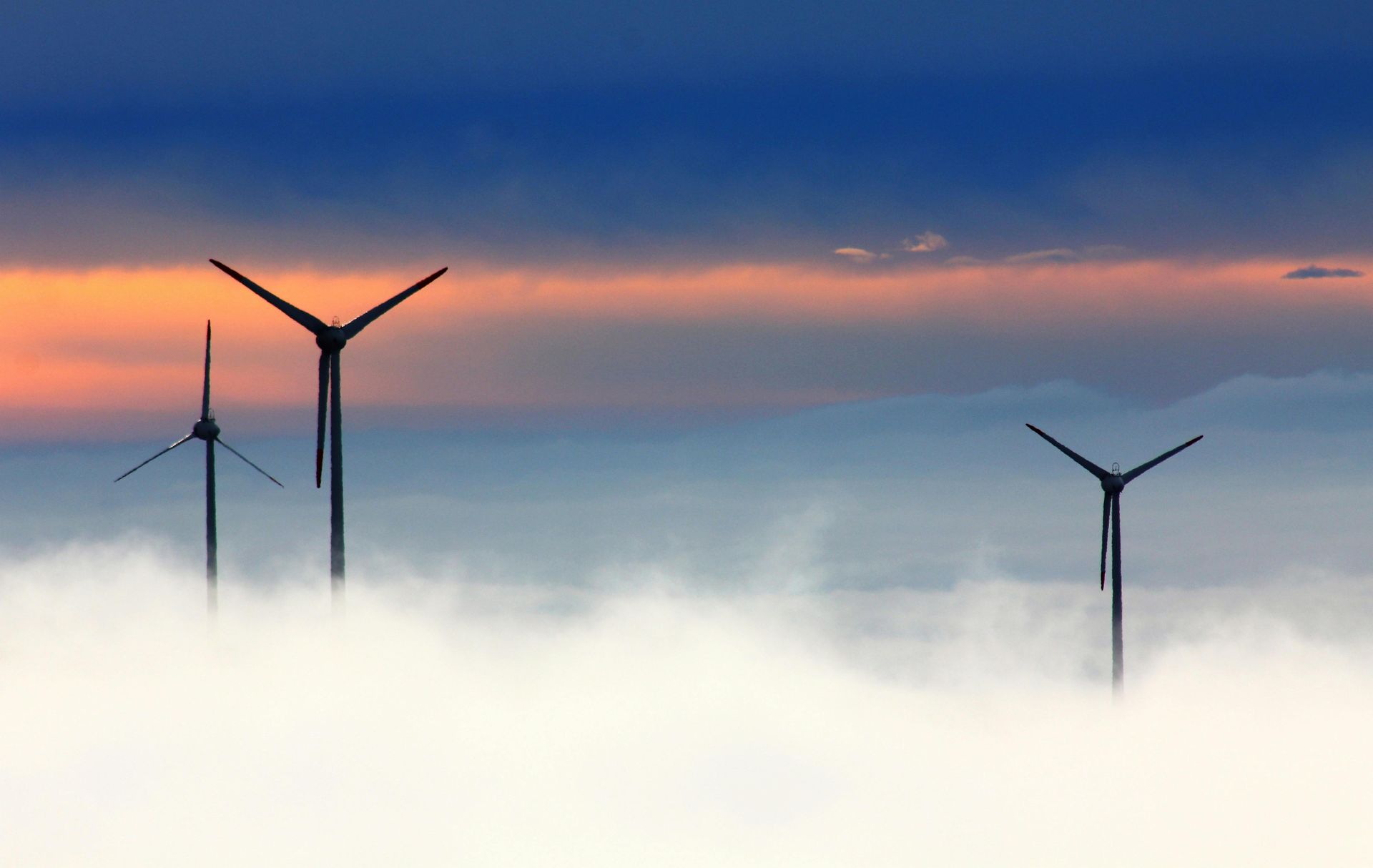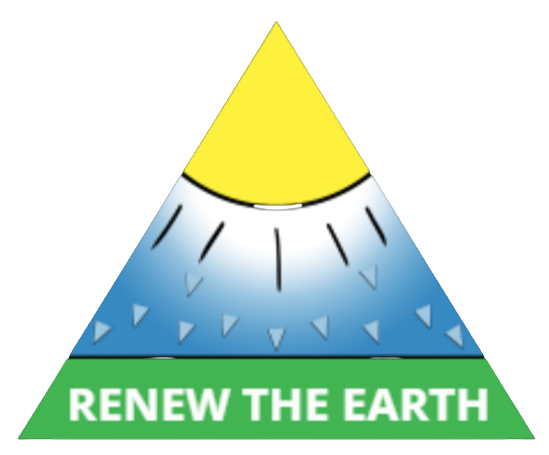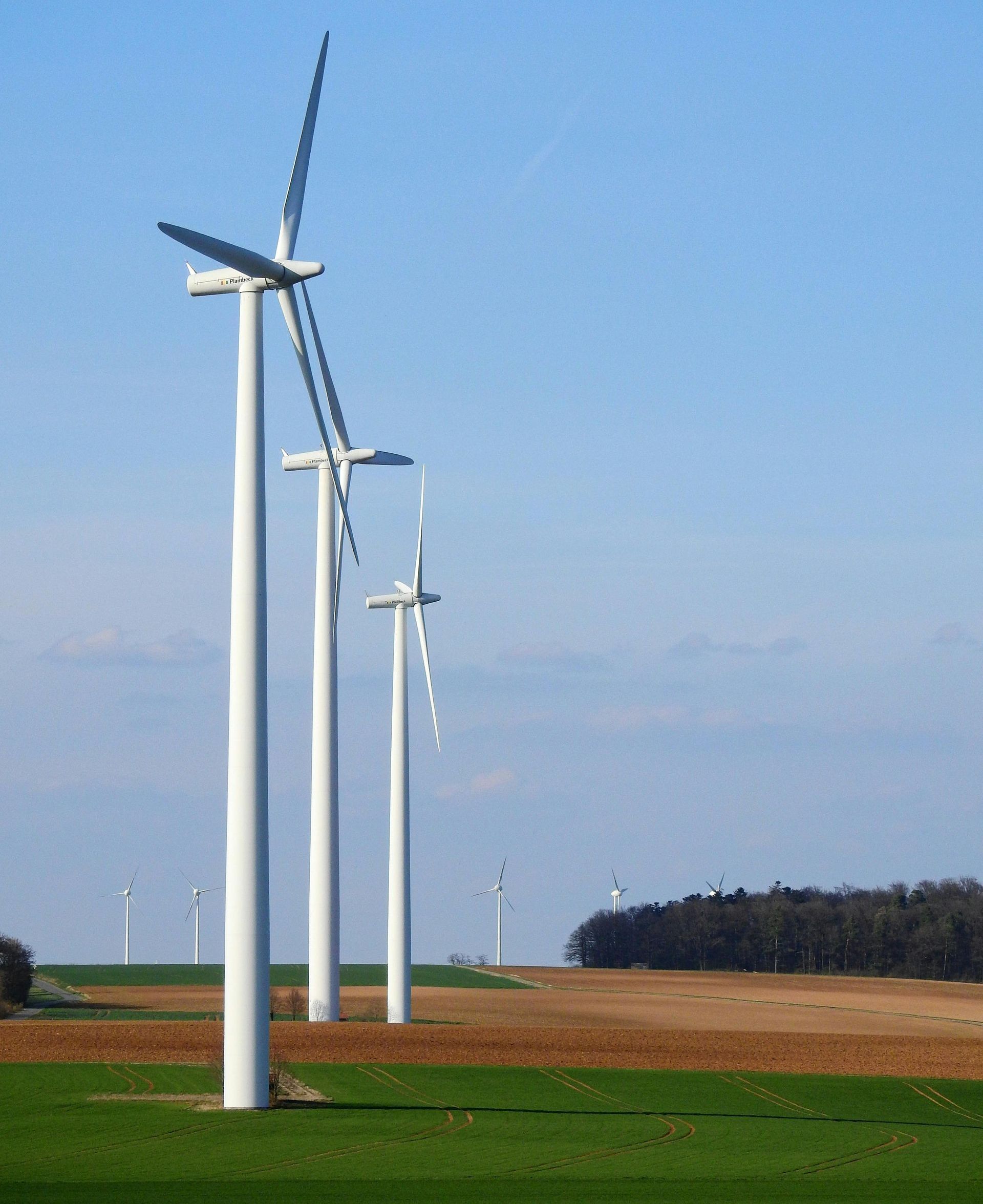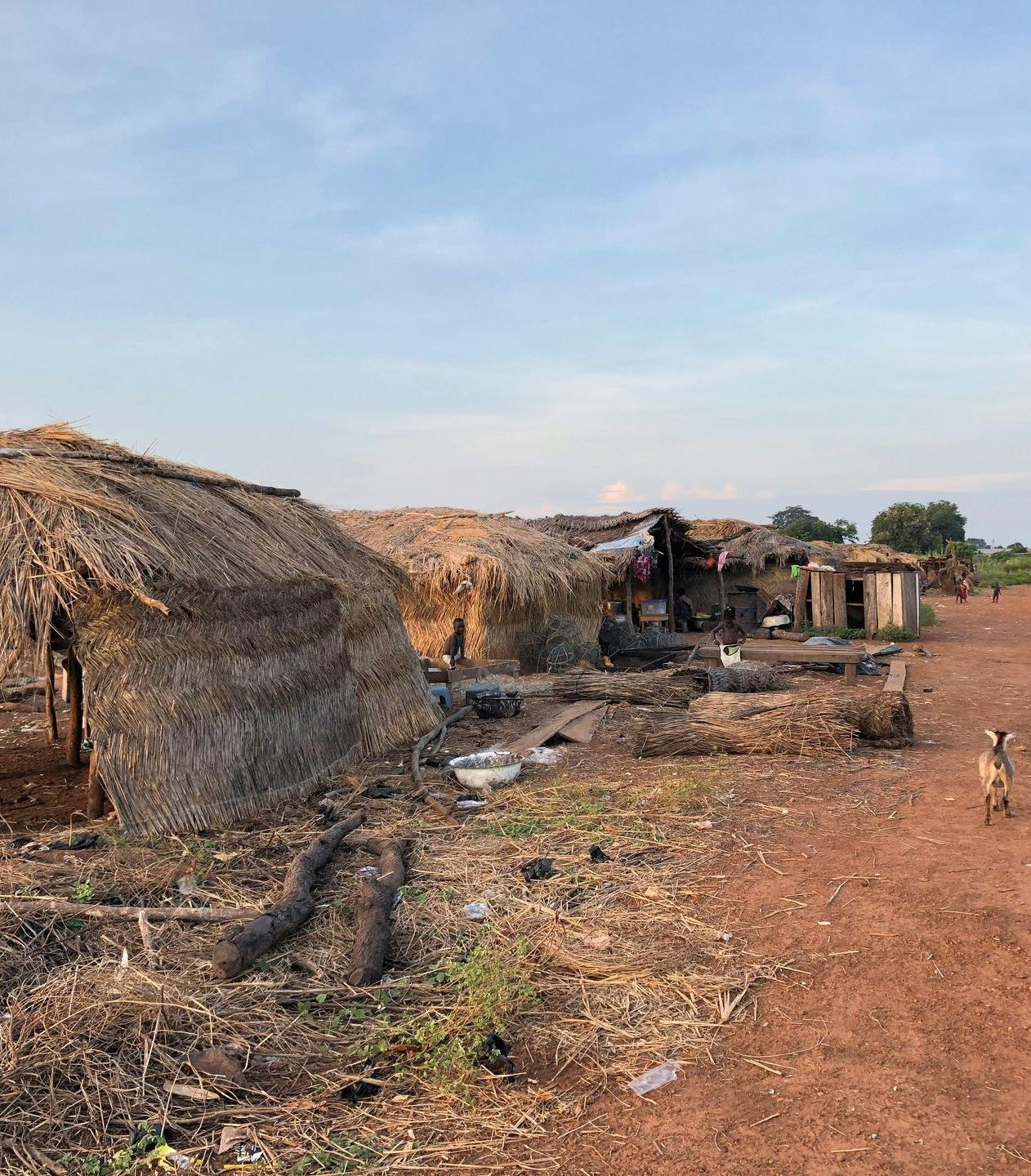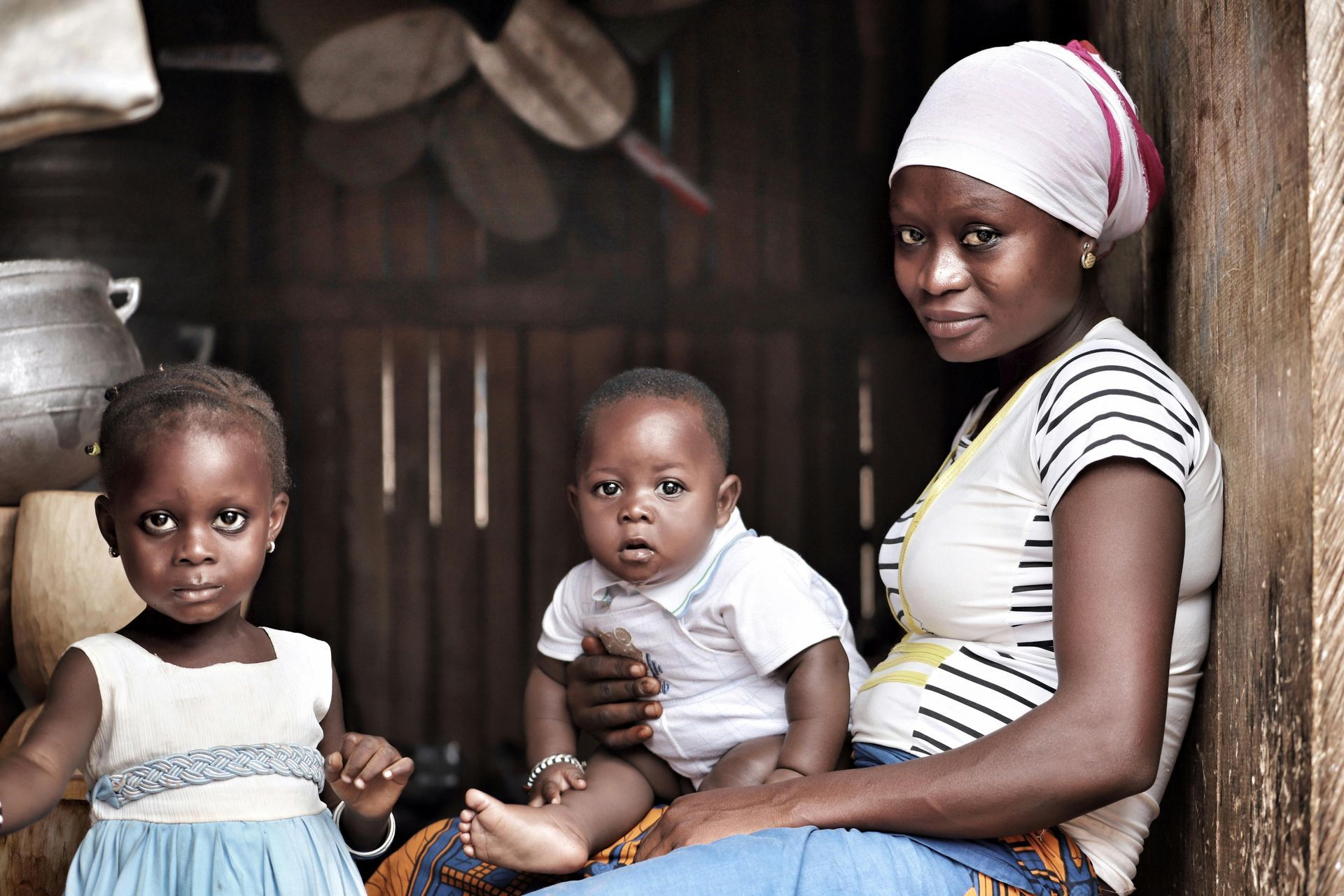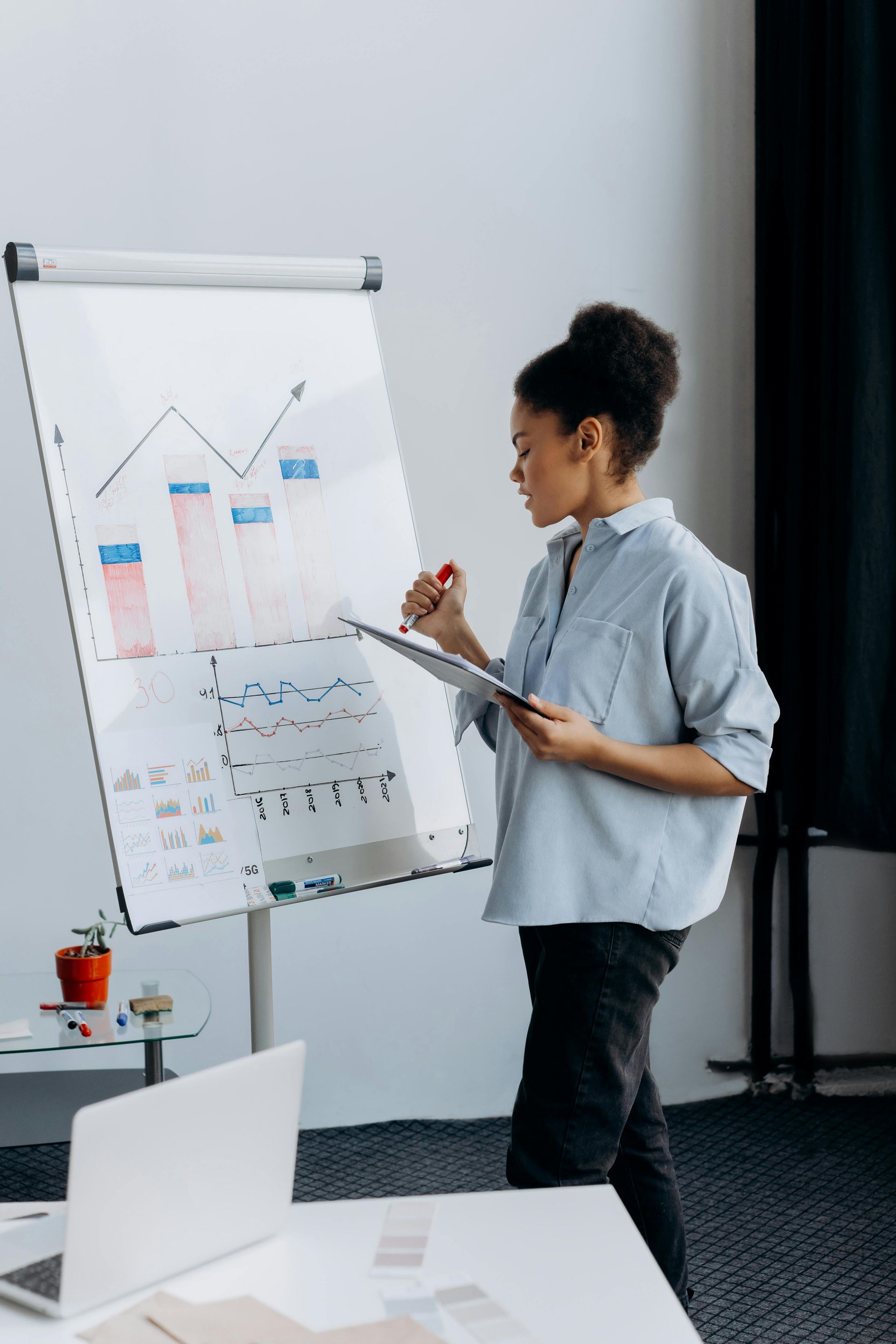Understanding Physical Economics: A Path to Sustainability and Equity
Innovation Driving Transformation
In a world dominated by traditional economics, prioritizing profit and market-driven values often overlooks the essential human needs for survival and equity. Physical Economics, a forward-thinking alternative championed by organizations like Renew the Earth, proposes a transformative approach—one that aims to address these fundamental needs while aligning with sustainable and renewable resources. But what exactly is Physical Economics, and how can it foster a more balanced, equitable world?
What is Physical Economics?
Physical Economics is rooted in the concept that the value of an economy should not be based solely on
currency and profits. Instead, it should begin with the quantification of energy units required for human survival. By understanding our energy needs—measured in units like calories, BTUs, or megajoules—Physical Economics creates a baseline from which the necessary resources for life can be allocated. This energy-based valuation model is proposed to form the Human Renewable Energy Measure (HREM), which Renew the Earth advocates as a starting point to ensure the well-being of every individual.
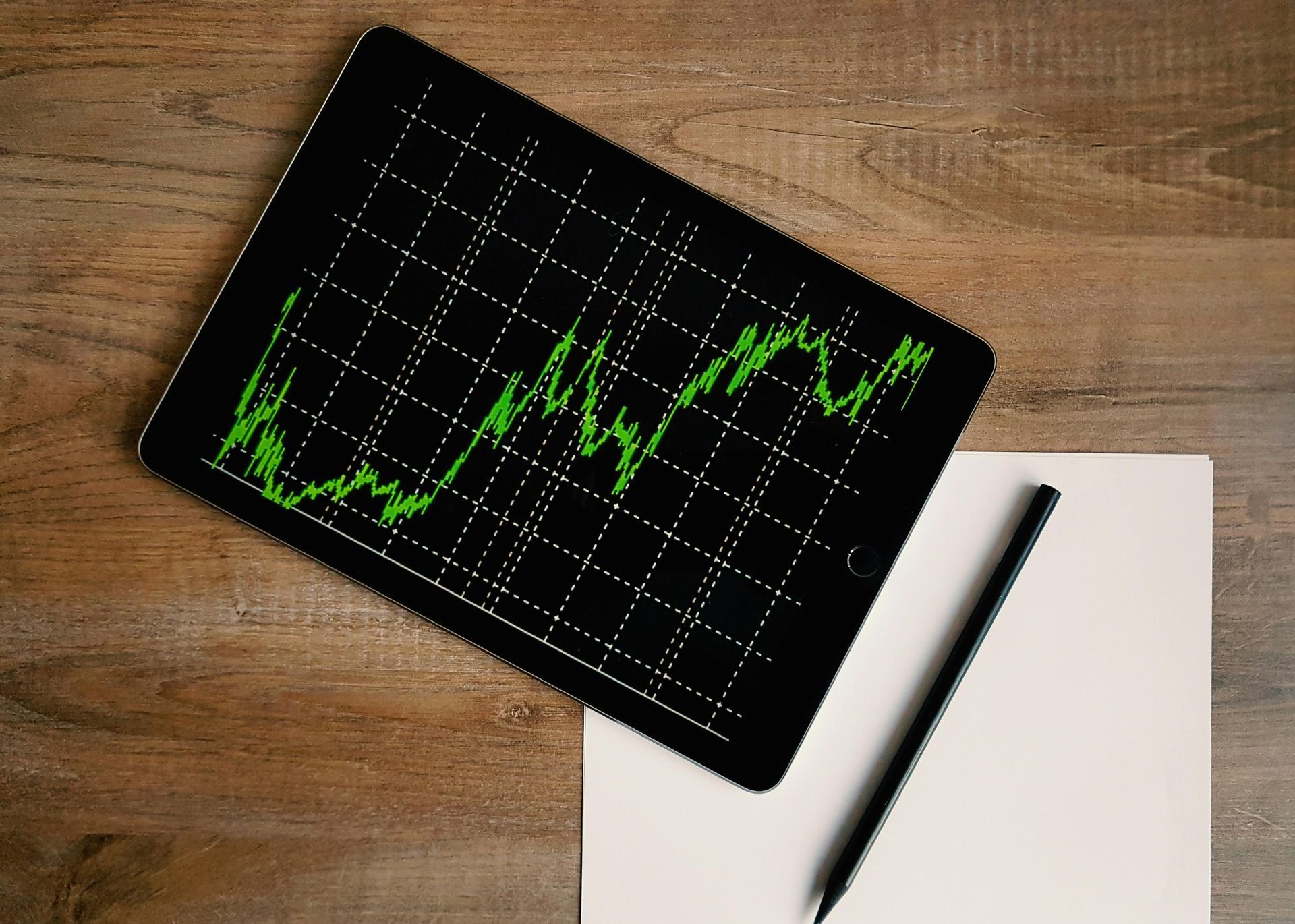
Shifting the Foundation of Value
In traditional economics, market value is largely subjective and influenced by fluctuating demands and profits, often benefiting the wealthy while leaving others in need.
Physical Economics reimagines this system by creating a stable and universal foundation of value rooted in energy needs. With HREM as a central component, individuals can access basic life essentials such as food, shelter, education, and healthcare, ensuring that the economy itself supports human life rather than undermining it.
The Role of Renewable Energy
Central to Physical Economics is a reliance on
renewable energy sources, which align with sustainability goals and lessen environmental harm. Utilizing renewable energy for human essentials reduces reliance on finite resources, fostering an economy that can support future generations without depleting the planet’s resources. This shift not only promotes a more stable economy but also supports the earth’s ecological balance by reducing carbon emissions and minimizing waste.
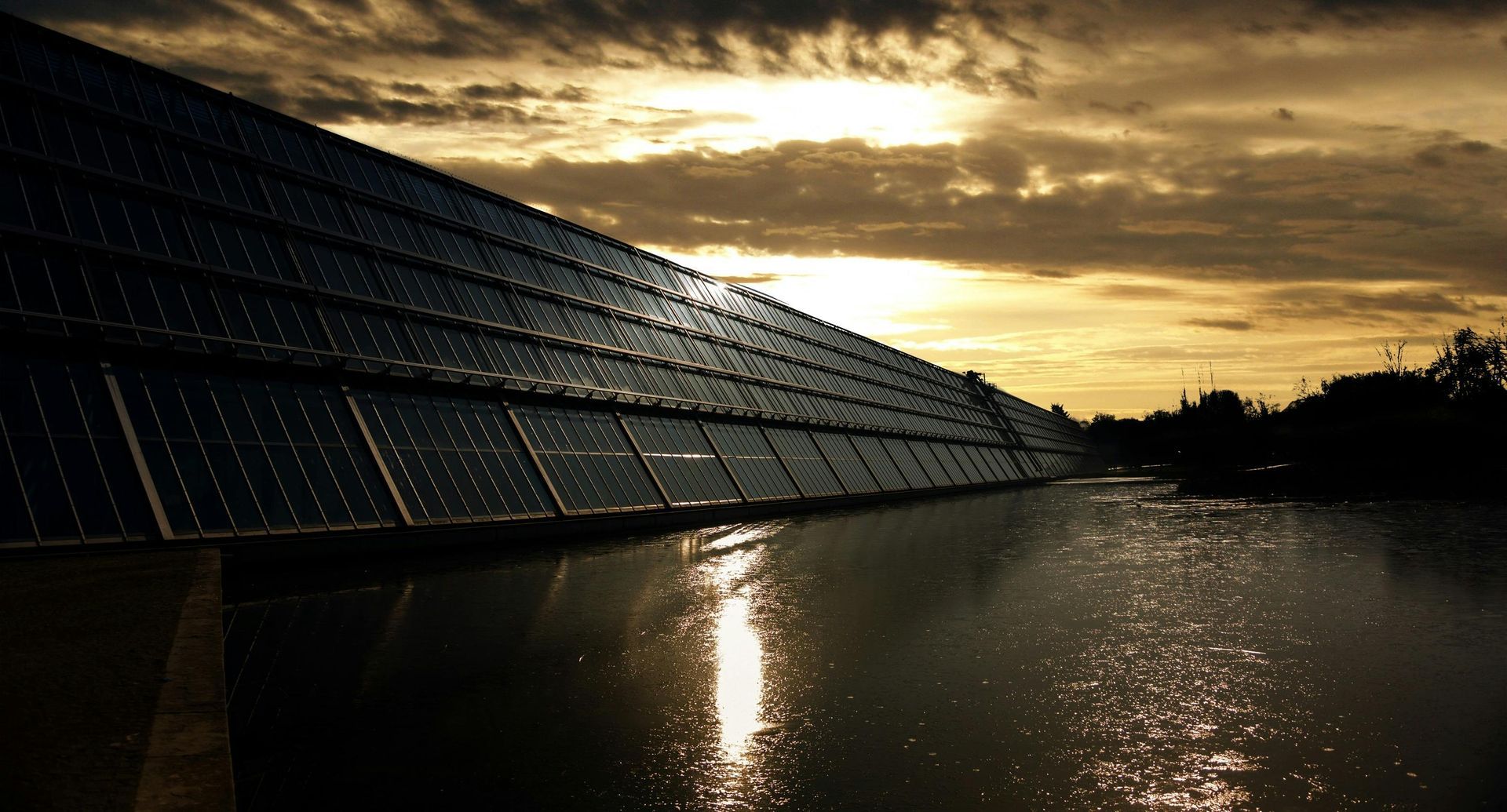
A Path Toward Global Equity
One of the most profound impacts Physical Economics could have is addressing global inequality. By providing a baseline of resources required for survival, the model can help reduce poverty, lessen dependence on exploitative labor, and empower marginalized communities. With a focus on basic human rights, Physical Economics envisions a world where each person has access to the essentials without the limitations imposed by traditional economic barriers.
Physical Economics and the Future
As the world faces critical challenges, from climate change to social inequality, Physical Economics provides a hopeful roadmap. By redefining value based on renewable energy and human essentials, this model encourages a sustainable future where economic systems protect and uplift everyone.
Physical Economics offers a vision of what the world could look like if equity, sustainability, and human well-being became the focal points of economic policy. Renew the Earth’s advocacy for this innovative approach underscores the importance of rethinking economics to serve humanity and the planet, creating a stable and hopeful future for generations to come.
